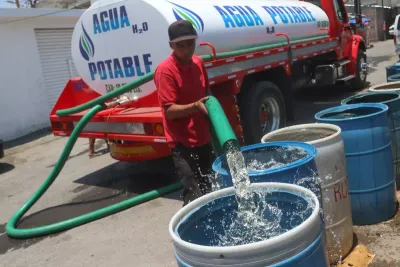
Drinking Tap Water in Mexico: Safe or Sorry?
Drinking Tap Water in Mexico: Safe or Sorry?
When traveling to Mexico, one of the most common concerns for visitors is the safety of drinking tap water.
Stories of “Montezuma’s Revenge” and advice to avoid local water are widespread, but is this caution always warranted?
In this post, we’ll explore the realities of tap water safety in Mexico, from bustling cities to serene beach towns.
I’ll provide insights into regional variations, offer practical tips for staying healthy, and debunk some of the myths surrounding this essential aspect of travel.
Whether you’re a seasoned traveler or planning your first trip south of the border, understanding the facts about Mexico’s tap water can help ensure your journey is both safe and enjoyable.
Is drinking tap water in Mexico Safe?
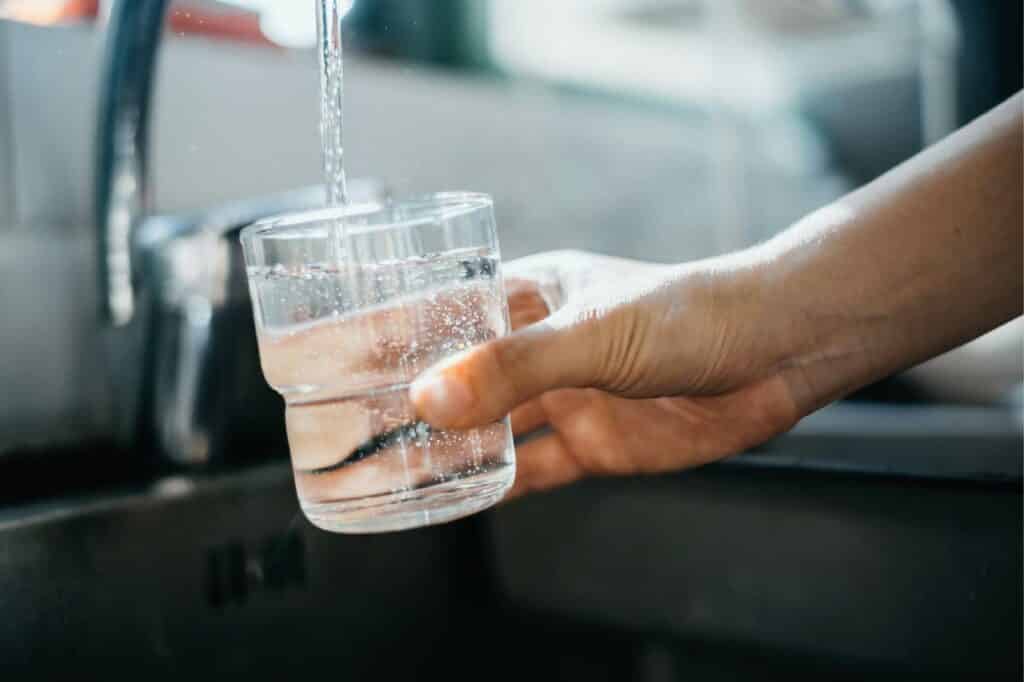
The consensus among travelers and health experts is to avoid drinking tap water in Mexico.
While the water quality can vary significantly across different regions, it is best not to experiment.
In urban areas, for example, the water is often treated and may be safe at the source, but aging infrastructure and potential contamination during distribution can pose risks.
In rural areas and smaller towns, the water is less likely to be treated to the same standards.
Most locals and visitors rely on bottled water or use purification methods such as boiling, filtering, or purification tablets.
Many hotels and restaurants also provide filtered or bottled water for their guests (but always ask, just to be sure).
By following these precautions, you can significantly reduce the risk of gastrointestinal issues and enjoy your trip with peace of mind.
Safe water drinking options in Mexico
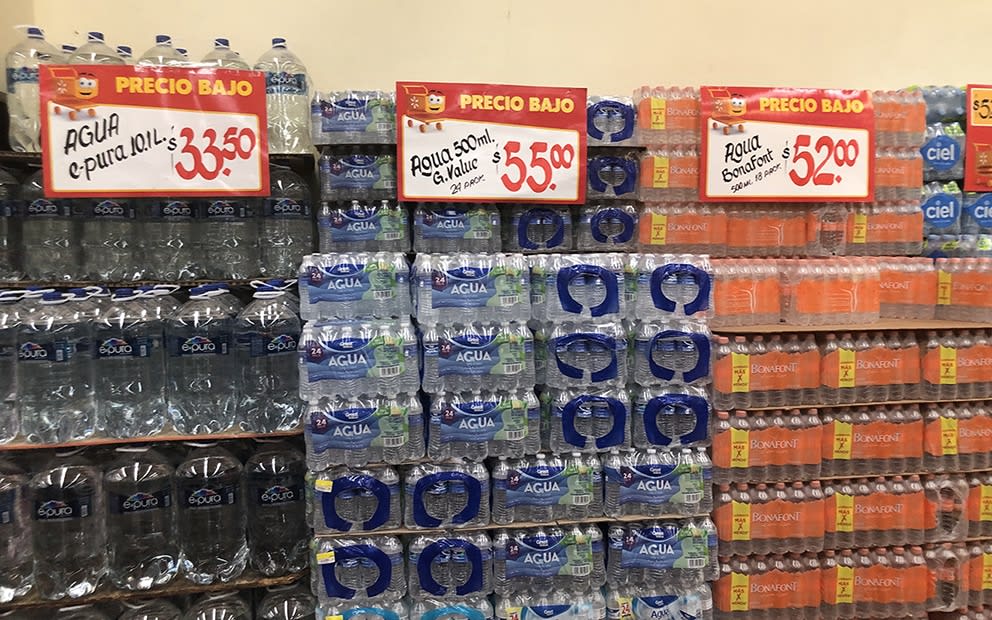
Bottled Water
As with most countries, bottled water is readily available throughout Mexico and is the safest and most convenient option for travelers.
Look for sealed bottles from reputable brands, and avoid purchasing from vendors where the source might be questionable (a common practice in Mexico, so watch out).
Boiled Water
Boiling tap water is an effective way to kill bacteria and parasites.
Boil water for at least one minute to ensure it is safe to drink. This method is particularly useful if you have access to kitchen facilities.
Water Filtration Systems
Portable water filters can be an excellent investment for travelers.
These filters can remove bacteria, protozoa, and some viruses, making tap water safe to drink in Mexico.
Popular options include portable water bottles with built-in filters such as this Brita and pump filtration systems.
If you stay in a place with a kitchen, check under the sink. That is usually where they install the filters. Some modern refrigerators too.
Purification Tablets and Drops
Water purification tablets and drops are another reliable option.
Typically iodine or chlorine-based, these chemicals can disinfect water in about 30 minutes. Always follow the manufacturer’s instructions for proper use.
UV Light Purifiers
UV light purifiers use ultraviolet light to kill microorganisms in water.
These portable devices are easy to use: stir the UV light stick in the water for a specified time to purify it.
This method is effective against bacteria, viruses, and protozoa.
Filtered Water Stations
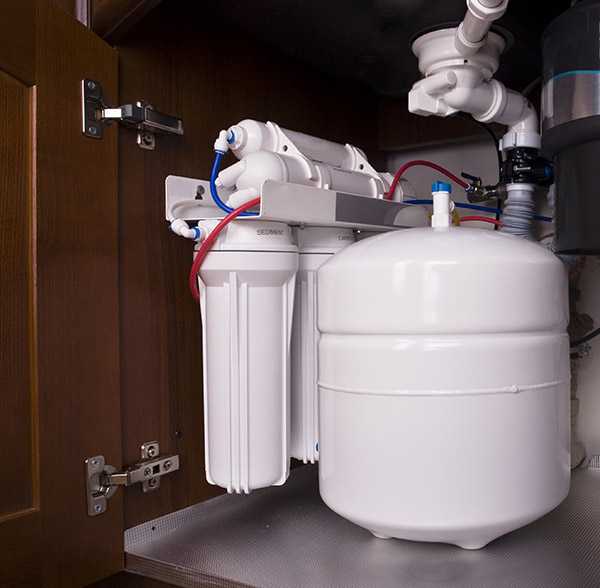
Many hotels, restaurants, and cafes in tourist areas provide filtered water for their guests.
Nevertheless, always check with them to confirm the water has been properly filtered.
Some hostels and accommodations offer free refill stations for reusable water bottles, reducing plastic waste and saving money.
By utilizing these safe drinking options, travelers can stay hydrated and healthy while exploring the diverse and vibrant regions of Mexico.
Special considerations
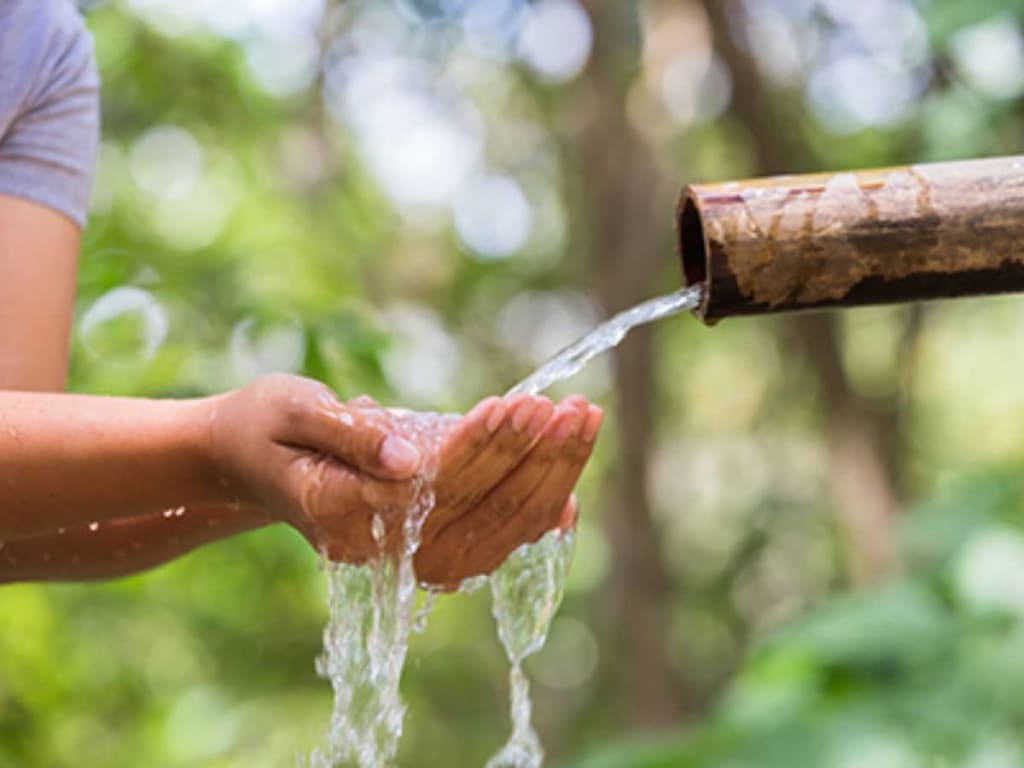
Regional variations
Water safety can vary significantly across different regions in Mexico.
In major cities and tourist hotspots like Mexico City, Playa del Carmen, and Cancun, water treatment facilities are more advanced, but the risk of contamination during distribution still exists.
In rural areas and smaller towns, the water is less likely to be treated to the same standards, making it even more important to use safe drinking options.
Accommodations and Restaurants
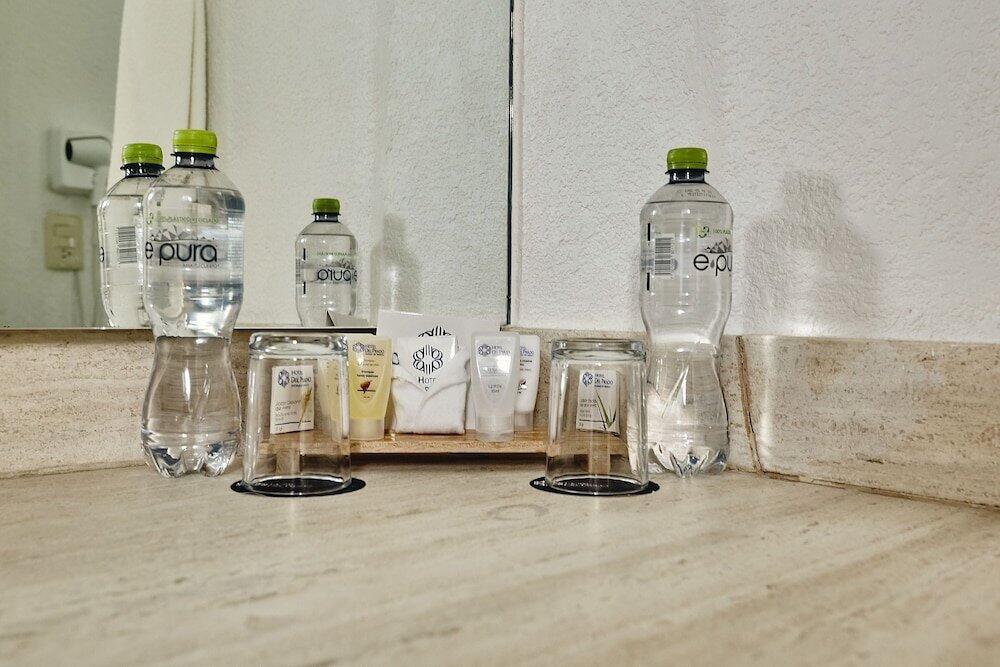
Again, many hotels, resorts, and restaurants provide filtered or bottled water.
It’s always a good idea to confirm their water sources and filtration methods.
Some places might also offer complimentary filtered water refill stations.
Local advice
When in doubt, just ask! Locals are often the best source of advice when it comes to water safety.
They can provide insights into which areas have safe drinking water and where you should be more cautious.
Engaging with locals or long-term expatriates can give you up-to-date and region-specific information.
Ice and beverages
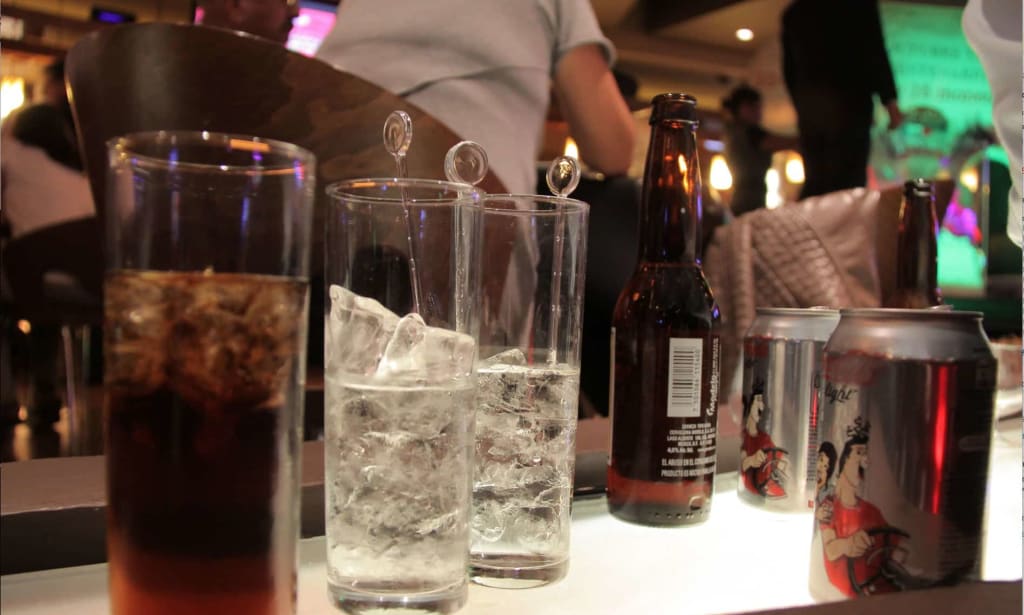
When ordering drinks, be cautious about ice. Ice is often made from tap water and can be a source of contamination.
Stick to drinks without ice, or ask if the ice is made from purified water.
Also, be mindful of beverages that may contain tap water, such as certain mixed drinks or fresh juices.
Personal sensitivity
Individual sensitivity to waterborne pathogens varies.
Travelers with weaker immune systems, children, and older adults may be more susceptible to waterborne illnesses.
You may want to read: Mastering Car Rentals and Road Etiquette in Mexico
Taking extra precautions, such as exclusively using bottled or purified water for drinking, brushing teeth, and rinsing produce, can help them stay safe.
Hygiene practices
Beyond drinking water, maintaining good hygiene practices is crucial.
Wash your hands frequently with soap and water, especially before eating.
Avoid swallowing water when showering or swimming, and use hand sanitizer when clean water is not available.
Duration of stay
The length of your stay can also influence your water consumption practices. Short-term visitors might find it easier to rely entirely on bottled water, while long-term travelers might benefit from investing in a reliable water filtration system or purifier.
By keeping these special considerations in mind, travelers can make informed decisions about water consumption and enjoy their time in Mexico without compromising their health.
Drinking tap water in Mexico: Conclusion
When it comes to drinking tap water in Mexico, it’s generally better to be safe than sorry.
While some regions have made significant improvements in water treatment and quality, inconsistencies and potential contamination remain a concern.
Opting for bottled or purified water is the best way to avoid waterborne illnesses, especially for travelers.
Remember, this precaution extends beyond just drinking water—be mindful of ice, washed fruits and vegetables, and even brushing your teeth.
By taking these simple steps, you can ensure a healthy and enjoyable trip to Mexico.